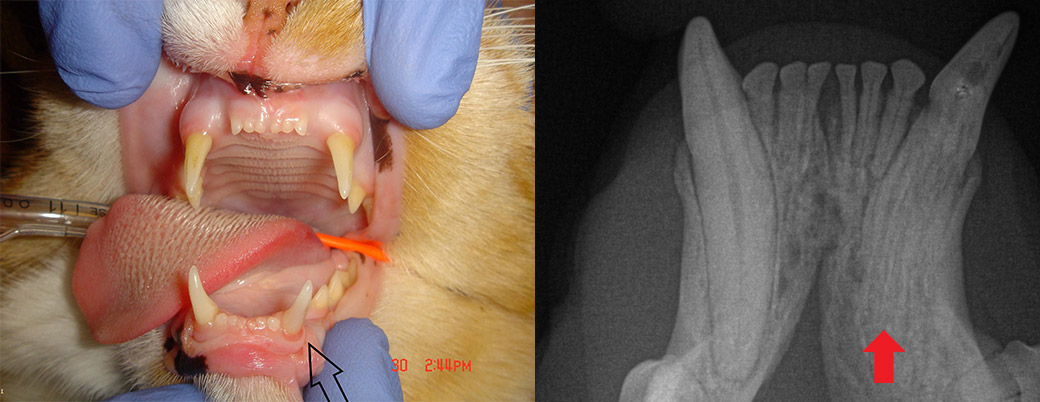tooth resorption cats stages
Tooth resorption ranges from stage 1 to stage 5 with stage 1 being the least amount of discomfort to stage 3 and 4 being the most painful and having the most destruction of the tooth. Radiographic Appearance Type 1.
Tooth Resorption In Dogs And Cats Vetbloom Blog
Brett Beckman on September 06 2016.

. In stage 4 this deterioration causes the tooth to weaken and break up. What Is Feline Tooth Resorption. Normal periodontal ligament space is maintained in other areas of the tooth Figure 8.
Classification of Tooth Resorption. Teeth from TR cats were much more likely 60 to have microscopic resorptive lesions than teeth from TR-free cats 8. Tooth resorption in cats unfortunately often goes undiagnosed.
Symptoms of tooth resorption in cats can range from. Tooth resorption can be difficult to detect with cats often masking signs of oral discomfort or pain. There are two predominant types of tooth resorption which are Type I and Type II.
FORL is a dental disease in which the tooth and its roots dissolve. In the meantime this disease is often just referred to as RL resorptive lesions. Stage 2 Moderate dental hard tissue loss cementum or cementum and enamel with loss of dentin that does not extend to the pulp cavity.
The only treatment for teeth with Type I resorption is surgical extraction. Stage 2 TR 2. It is one of the most common and most painful diseases in cats.
One of the most obvious signs of teeth resorption in cats is a red area of gingivitis on one or two of your cats teeth. Some radiographic evidence is detectable such as a change in the dentin. In stages 1 and 2 of the disorder lesions resembling cavities form on the enamel and work their way into the cementum layer of the tooth.
Types of Tooth Resorption in Cats. Stage one includes mild cases where only the enamel has begun to erode. Stage 3 These are deep erosions invading the.
Early stages arent painful. Moderate dental hard tissue loss cementum or cementum and enamel with loss of dentin that does not extend to the pulp cavity. Treatment is guided by the radiographic appearance of the tooth resorption.
In stage 5 most of the tooth has been destroyed leaving. Routine radiography is required for timely diagnosis. The process usually starts in the enamel along the gum line and continues towards the center of the tooth.
Stage 1 TR 1. Dropping food while chewing. Eventually the tooth will be almost entirely gone.
Stage 1 These are early lesions extending less than 05mm into the tooths neck. Stage 2 lesions affect the dentin but have not yet progressed into the pulp cavity. There is loss of alveolar bone adjacent to a well-defined area of tooth resorption.
Tooth Resorption is an unfortunately common painful and under-diagnosed dental problem in pet cats. In stage three tooth resorption the tooth is deeply impacted. These microscopic lesions were all located at the mid root or apical portion of the root and were not associated with inflammation.
In Type II tooth resorption the tooth root is being replaced. Stage 2 These have significant erosions that do not invade the endodontic system. Clinical appearance in right mandibular third premolar A and radiograph confirming Stage 5 tooth resorption B.
Stage 1 lesions affect the cementum or cementum and enamel but have not yet progressed into the dentin. Tooth resorption is characterized by severity stage and radiographic appearance type. Mild dental hard tissue loss cementum or cementum and enamel.
Oral disease in cats comprises four major conditions. Feline tooth resorption is a condition in which the body begins breaking down and absorbing the structures that form the tooth. The teeth are very sensitive in cats and you may note increased hiding loss of appetite decreased activity or playing aggression red or bleeding gums turning the head when chewing.
Healed cemental lesions covered by intact periodontal tissue was seen in some cases. All types of teeth in the feline dentition may be affected but lesions seem to be more common in certain teeth. Stage 1 resorption presents with only mild clinical evidence of hard tissue loss and is rarely detected.
Stage two includes moderate instances in which parts of the cementum and dentin are being reabsorbed. Cats with oral pain may appear irritable or aggressive have a change in appetite or food preference and may have difficulty chewing and eating food falls from their mouth. Periodontal disease oral neoplasia particularly squamous cell carcinoma feline stomatitis and.
Once detected the lesions may be classified into groups according to the severity. With Type 1 tooth resorption both the crown and root need to be extracted. Feline tooth resorption progresses through several stages.
Cats with clinically missing teeth have also been found to be more likely to have tooth resorption. In stage 3 the deterioration penetrates the dentin to the pulp. Granulation tissue may be.
Your veterinarian will obtain intraoral radiographs to assess the type of resorption. While advanced disease may be picked up on a thorough physical exam in a cooperative cat early lesions are nearly impossible to catch without an anesthetized exam and x-rays. Five stages of tooth resorption are recognized in cats.
If you see this its likely a sign of teeth resorption. 17 hours agoFORL stands for Feline Odontoclastic-Resorptive Lesions and is a degenerative disease of the teeth in cats. Full mouth veterinary dental radiographs are needed for both diagnosis and treatment.
This will look like a little red patch on their gums. Most of the tooth retains its integrity. Stage 5 tooth resorption.
In Type I tooth resorption most of the tooth structure is intact with tooth defects within the crown andor root. Stage 3 Deep dental hard tissue loss cementum or cementum and enamel with loss of dentin that extends to the pulp cavity. Almost every third cat.
With Type 2 tooth resorption a technique known as crown amputation with intentional root retention is appropriate. Cats with tooth resorption will often have inflammation of the gum tissue surrounding the affected tooth. All that will remain is a raised bump on the gums.
Stage 4 Extensive dental hard tissue loss cementum or cementum and. Likewise while some cats with this disease will show obvious signs. Look for red localized areas of gingivitis.
Cats with resorptive lesions may show pain when their jaws are touched and may also have increased salivation or oral bleeding.

Feline Tooth Resorption Today S Veterinary Practice

External Tooth Resorption In Cats Part 2 Therapeutic Approaches Today S Veterinary Practice
Tooth Resorption In Dogs And Cats Vetbloom Blog
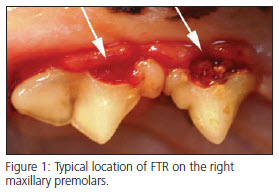
Feline Tooth Resorption Montana Pet Dentistry Oral Surgery
Tooth Resorption In Dogs And Cats Vetbloom Blog
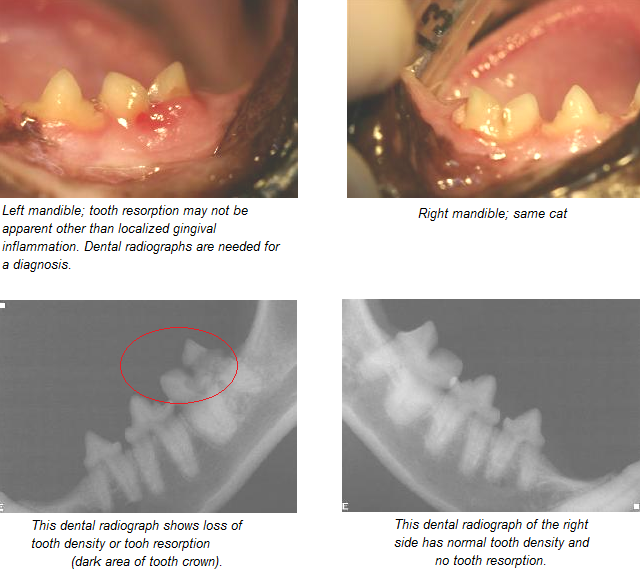
Resorptive Lesions Feline Healthy Paws Animal Hospital
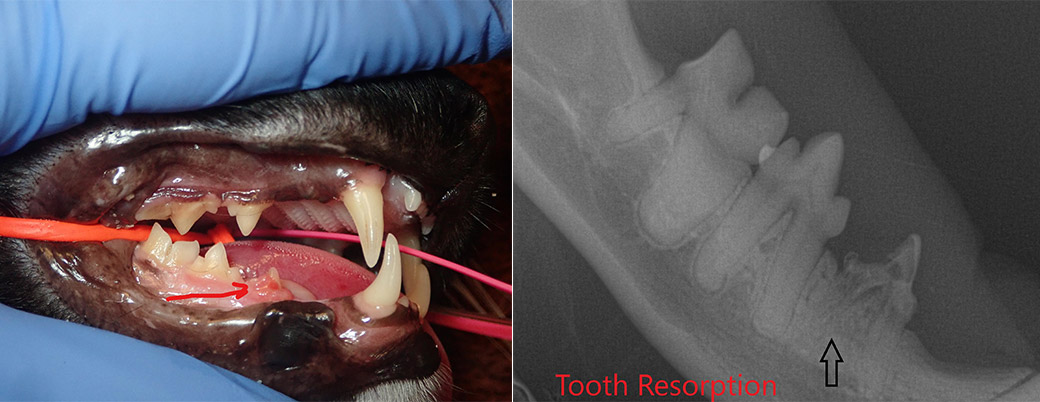
Feline Tooth Resorption Dental Disease In Cats

External Tooth Resorption In Cats Part 2 Therapeutic Approaches Today S Veterinary Practice

External Tooth Resorption In Cats Part 2 Therapeutic Approaches Today S Veterinary Practice

Dental Trivia For Cats Broad Ripple Animal Clinic
Tooth Resorption In Dogs And Cats Vetbloom Blog

Artstation Feline Tooth Resorption
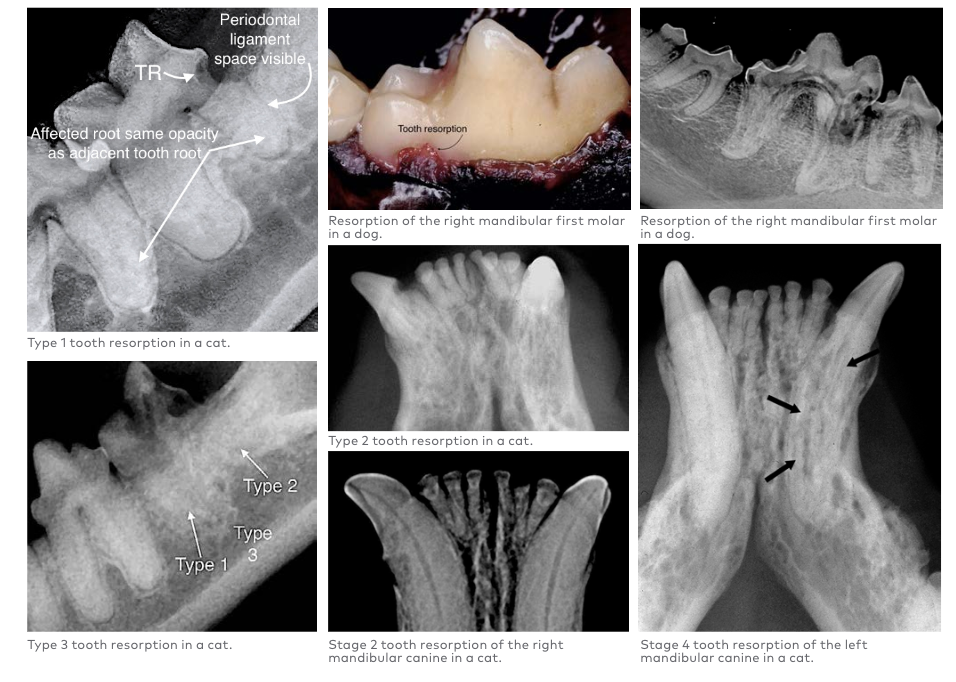
Classifying Tooth Resorption In Cats And Dogs Dvm360
Tooth Resorption In Dogs And Cats Vetbloom Blog

Feline Tooth Resorption Aztec Animal Clinic
